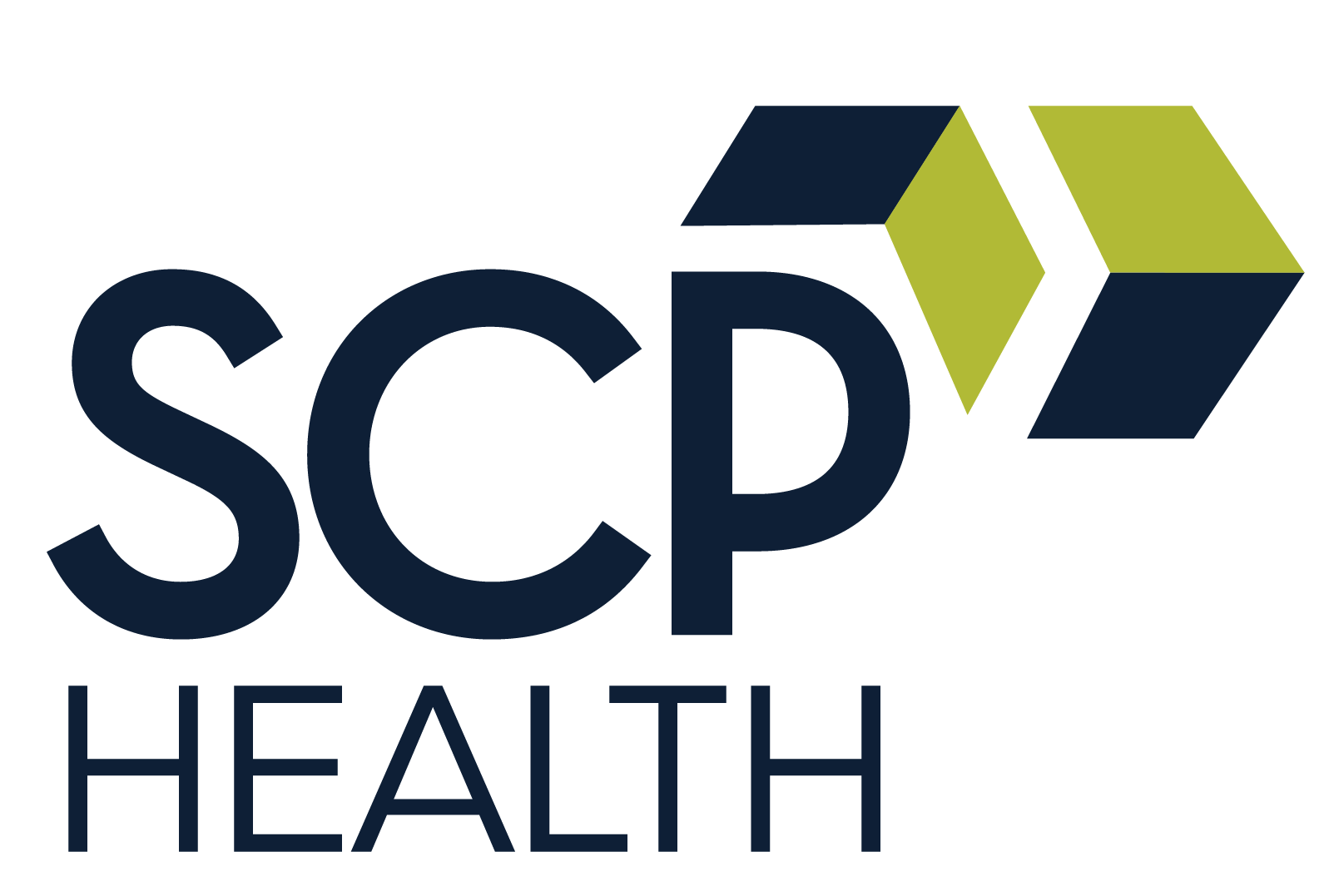This post is the first of a four-part series on how to acquire and retain clinicians. It introduces the topic and outlines the initial steps hospitals should take to acquire and keep the best clinical talent.
Burnout and Turnover Rates
With rising rates of physician burnout, hospitals, and other health care practices are dealing with the high cost of turnover. However, it’s not just the bottom line that suffers.
When clinicians are engaged and share goals and vision with their facilities, the work environment is more positive, leading to improvements in patient experience.
In this blog post, we discuss three steps your hospital can take to recruit and retain the right clinicians for your practice.
Put a Recruitment and Retention Strategy in Place
Your hospital or recruiting partner should have a defined and trackable recruiting process in place. Begin evaluating its overall effectiveness by asking the following questions:
- Is your recruiting process generating enough quality candidates and doing so in a timeframe that meets your staffing needs?
- Alternatively, are your programs relying on temporary staff, such as locum tenens, for longer than is financially feasible?
- Are you meeting your goals for quality, consistency, community involvement, or team cohesiveness?
- Are the clinicians you’re trying to recruit turning down your offer and going elsewhere? If so, why?
Whether the challenge is pay structure, practice environment, or simply different priorities, knowing your hospital’s recruiting challenges will give you an idea of what’s needed to win the best candidates.
Evaluate Your Recruiting Processes
If it appears that the weakness lies not in closing the deal with a model candidate but in finding suitable candidates at the start, shift your attention and evaluation to the beginning of your recruiting processes.
Ask questions like:
- How deep is the clinician database your recruiter or recruitment partner utilizes?
- Has the database been cultivated over the course of years, or better yet, decades?
- Does the database include clinicians nationwide yet allow the recruiter to identify those who were raised, attended medical school, or fulfilled their residency near your hospital or in your hospital’s state or region?
- How often is the database updated?
- How well-versed is your recruitment team in the differing priorities of each service line and clinicians’ practice environment needs? Do recruiters focus on just one specialty or use a one-size-fits-all approach?
Factor Retention on the Front End
Many organizations make the mistake of assuming that retention begins only after an individual has signed on to your team. In truth, successful retention starts at the initial recruiting stage.
Essential to the process is to determine not only the kind of asset he or she would be to your specific team, hospital, and community but also how much of an asset those entities would be to him or her:
- Would working in the area allow the candidate the opportunity to move to a location that’s a better fit?
- Would working in the area allow the candidate the opportunity to move to a location that’s a better fit?
- What goals and missions does your hospital share with candidates?
- How is the culture at your hospital?
- Does your hospital serve a segment of the population about which the candidate is truly passionate?
- Are there paths to leadership positions through their department?
In today’s employment climate, successful recruiting and retention are less about selling your hospital or program than it is about listening carefully to the candidate’s particular desires and determining whether or not your facility and practice environment can comply.
In addition to understanding what makes each candidate tick, your recruiter’s ability to understand and communicate your hospital’s culture and priorities is essential to making a good match with candidates. Properly aligning the two before contracts are signed will reduce the risk of dissatisfaction or turnover in the future.





